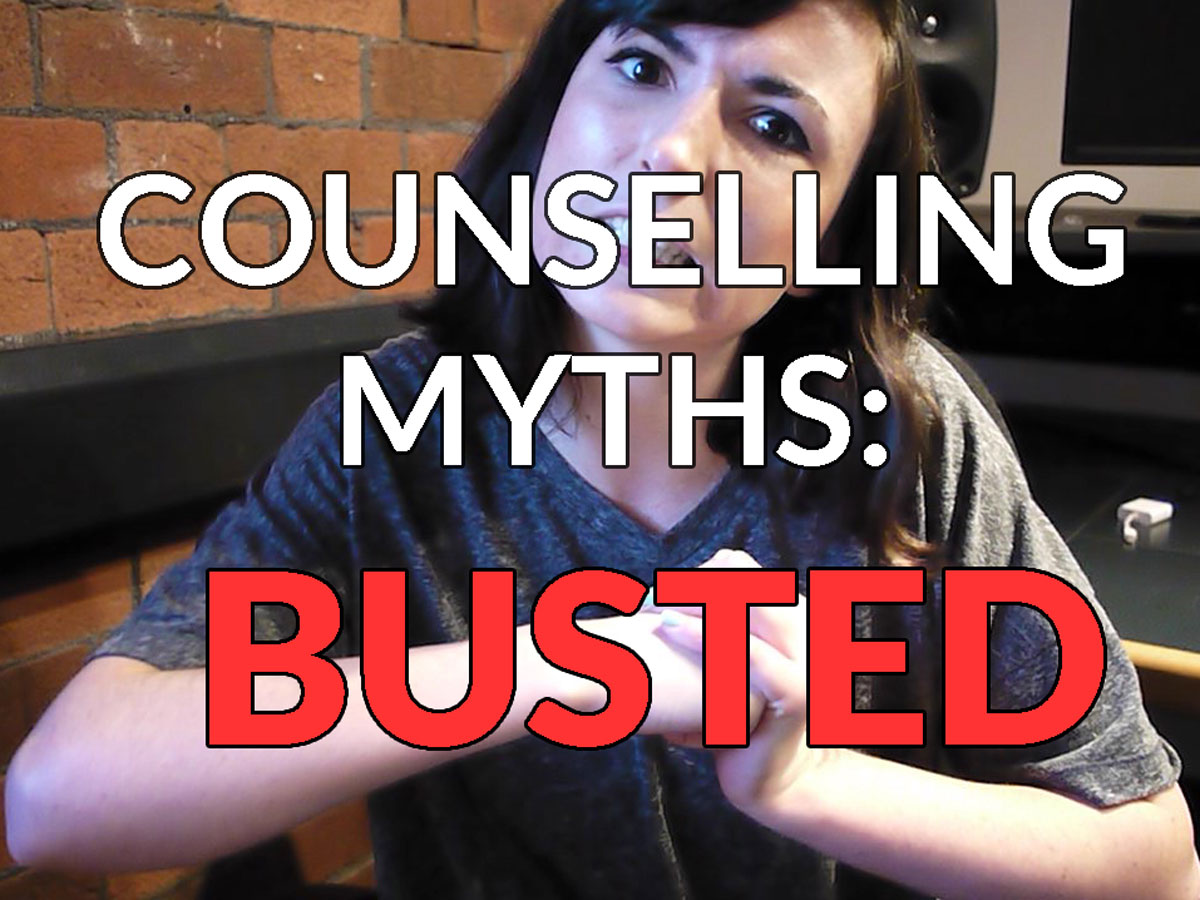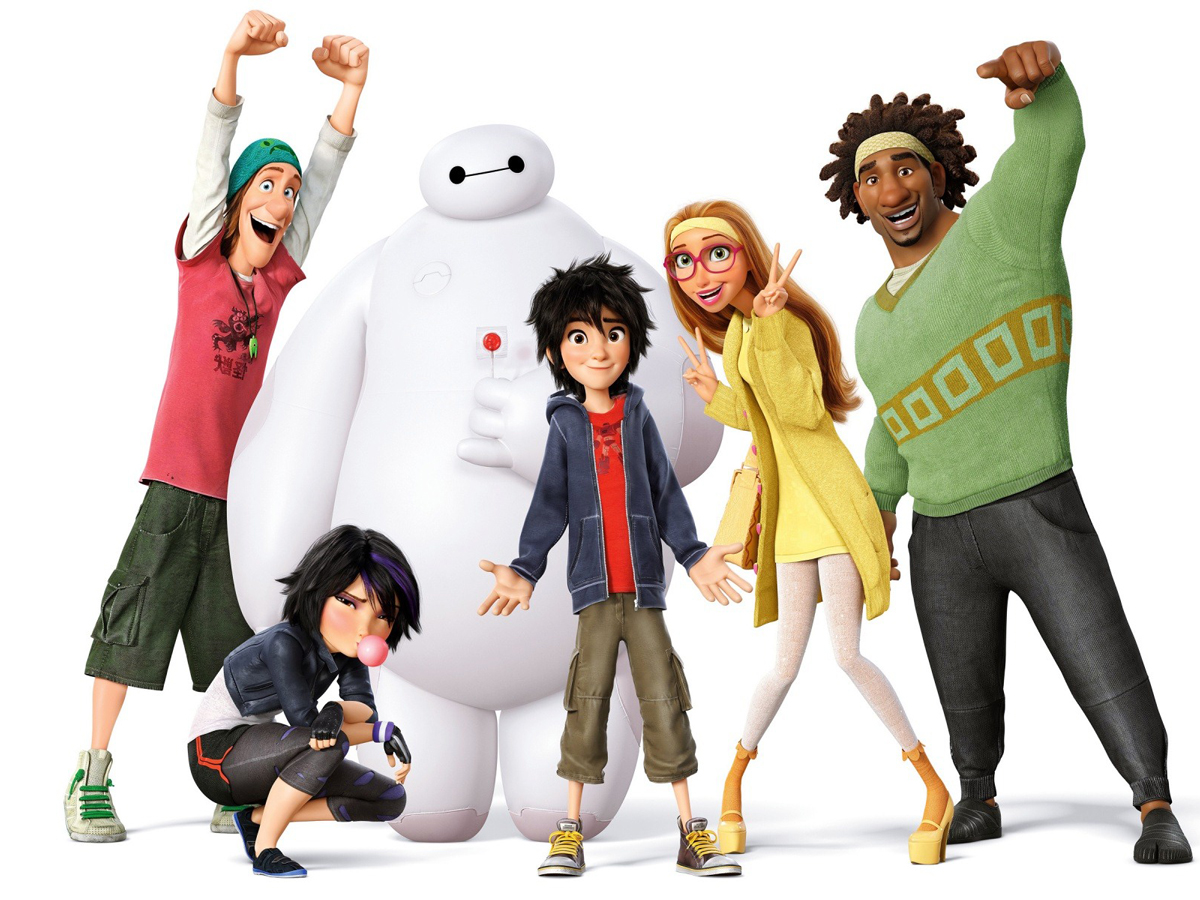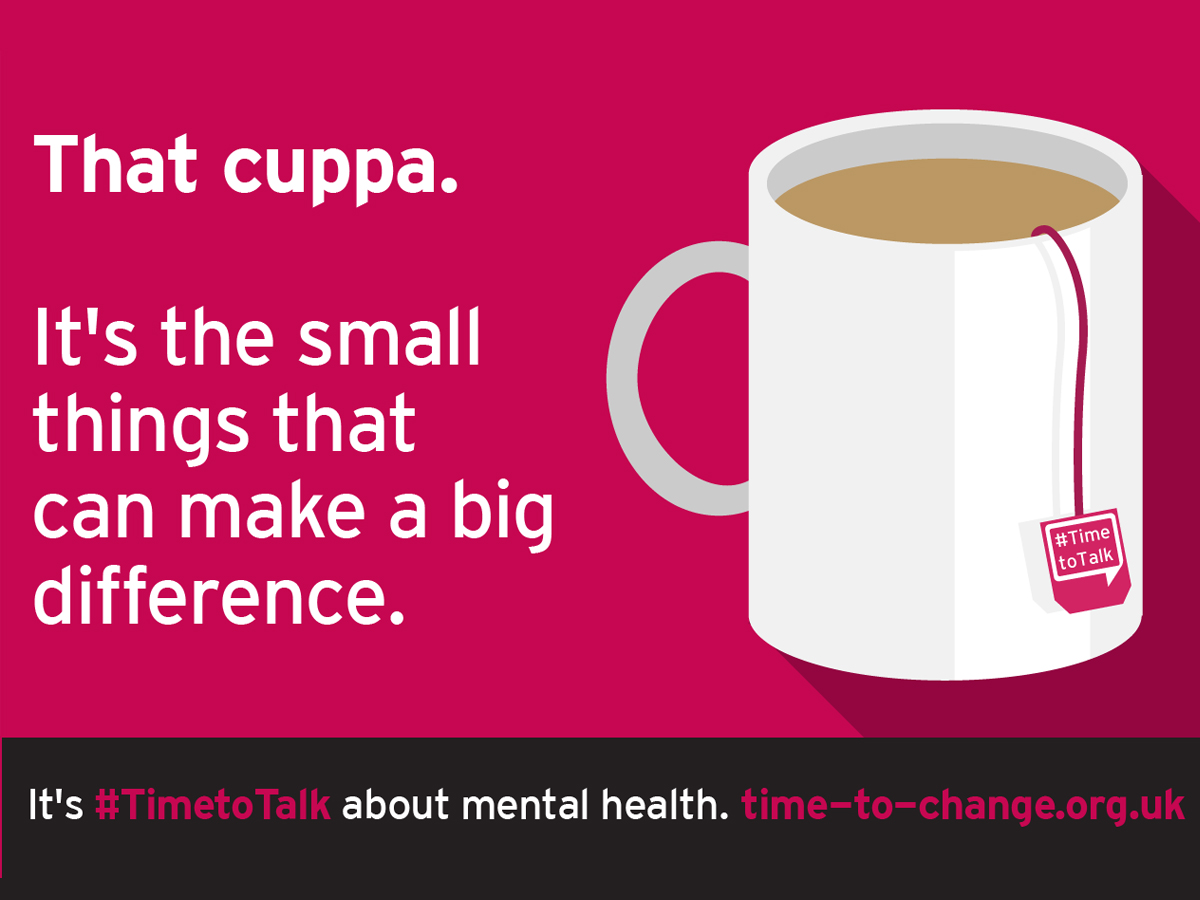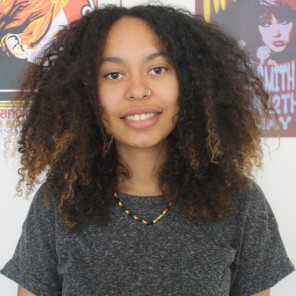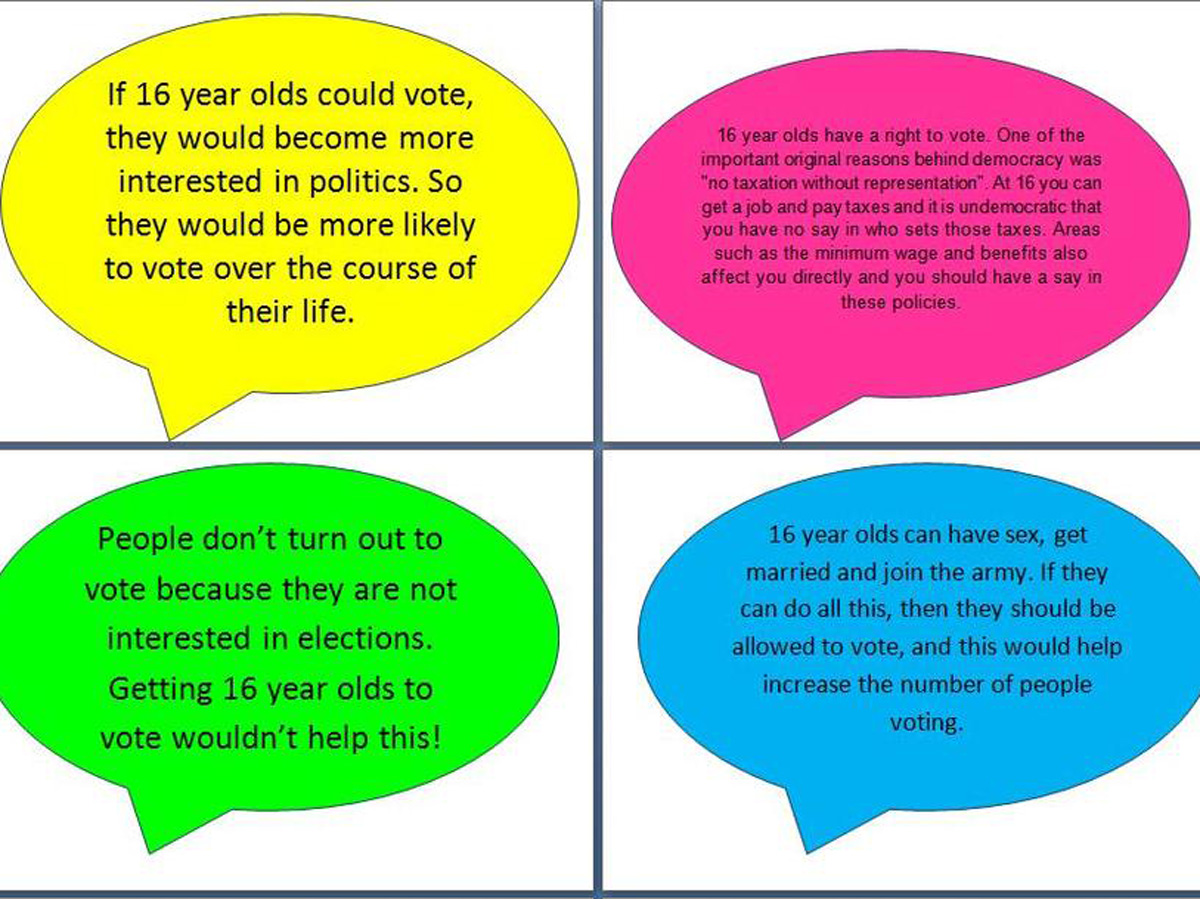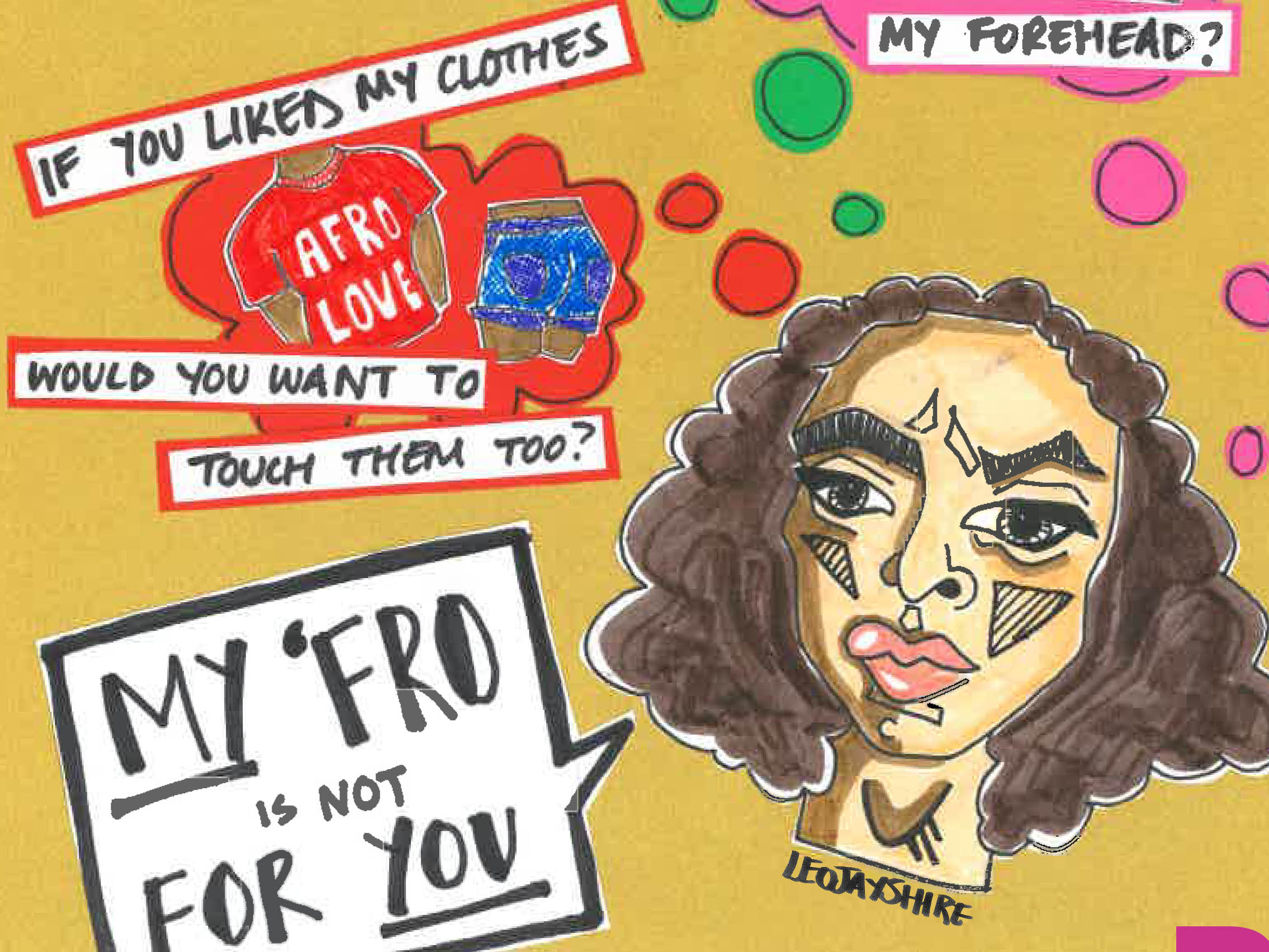‘Inside Out’ And Child Mental Health
‘Inside Out’ is a fun family film, but it’s also an important allegory of mental health problems in young people.
‘Tell me about your childhood,’ an acquaintance asks me. ‘What was it like?’
‘Miserable,’ I say.
It’s the wrong answer. His face frowns in incomprehension. Childhood is supposed to be the happiest time of your life, everyone knows that. But what about when it isn’t?
Childhood is supposed to be the happiest time of your life. But what about when it isn’t?
That’s the theme of Disney Pixar’s new film ‘Inside Out’, a family animation about an 11-year-old girl named Riley and the emotions that rule her conscience. Joy, Fear, Anger, Disgust and Sadness all live in Riley’s ‘headquarters’ and take turns controlling her reactions to the world around her. For the most part they have made sure that Riley’s positive memories outweigh the negatives; that is until Riley and her parents move to San Francisco and there are a whole bunch of new confusing situations that Riley has to react to.
A lot of change happens around the age of 11. In the UK, it’s the age children start secondary school and go from being the biggest and oldest in school to the youngest and smallest. It can be scary. On top of that, there’s the hormonal changes and existential pressure that comes from journeying through childhood to adulthood. Circumstantially, it’s a difficult age to be. Yet that makes it hard to distinguish between mentally healthy children whose emotional ups and downs are natural reactions to the problems they’re confronted with, and children whose mental health might be another problem in itself.
Children start secondary school and go from being the biggest and oldest in school to the youngest and smallest. It can be scary.
When I was 11, Riley’s age, it was the most emotionally tormenting year of my life. My school had incredibly long nine hour days and I was under a lot of pressure from the staff to excel academically as I was there on a scholarship. I was also the only black kid in my year and constantly felt out of place and different. The circumstances sucked, and while I feel like my emotional reactions to those circumstances were normal and understandable, my inability to cope with those negative emotions was not.
For children who have mental health problems ‘Inside Out’ movie may help explain what they’re going through in an easy-to-understand way.
‘Inside Out’ explains this difference in a visual way. When Joy and Sadness get lost in Riley’s long-term memory storage, a literal labyrinth of stored old memories, Riley’s headquarters is left to the control of Fear, Anger and Disgust. Without Joy and Sadness, Riley’s balanced spectrum of emotions becomes narrowed and bitter. She falls out with old friends, forgets about making new ones and fights with her family. She gives up her favourite hobby and becomes dishonest. Without Joy and Sadness, her once rational feelings of fear, anger and disgust become irrational. Her whole personality is altered. And although Riley does not specifically represent someone with a mental health illness, for children who do have mental health problems this movie may help explain what they’re going through in an easy-to-understand way.
What I found most relatable about ‘Inside Out’ was the way in which Joy, Sadness, Fear, Anger and Disgust had a spectrum of emotions themselves. Sadness, while always sad, causes little trouble throughout most of Riley’s life. It is only when Sadness herself starts feeling sadder than usual that she causes herself and Joy to get lost. She represents the difference between a normal sadness, a perfectly valid emotion, and a depressive sadness, which may have no cause and which can’t be controlled.
The characters Sadness represents the difference between a normal sadness, a perfectly valid emotion, and a depressive sadness, which may have no cause and which can’t be controlled.
Similarly, Joy has moments where she becomes manic. When Riley’s dad leaves in the middle of the family’s moving house chaos, Sadness asks, ‘I should drive, right?’ recognising the sad event and that she should be in control of Riley’s response to it. Yet Joy won’t let her, so adamant she is that Riley must be happy, and she tries to do everything she can to divert Riley away from being sad. This leads to Riley’s parents thinking she’s fine, even congratulating her on staying so happy, when really Riley feels anything but.
I acted similarly at 11. I tried very hard to keep my emotions in check, even if they were all over the place, and so the people around me treated me as if there was nothing wrong. In the moments where I lost control and had tantrums or tears, I’d be treated with responses like, ‘What do you have to cry about? You’re a child.’ and felt my feelings invalidated. When things got really serious and a teacher found out I was self-harming, it was described as ‘drama-queening’ and the school’s response was to put me on Report Card, a punishment reserved for kids that disrupted classes and failed to do work. Every lesson I was required to hand in a card and my teachers would mark my behaviour out of ten.
I had a constant battle, as Riley does, between knowing how I felt, being confused by why I felt how I felt, and being confused about what emotions to show the world so that they would understand that I felt confused and help me. Even typing that out was confusing, let alone living it. It’s hard, especially when we’re younger, to find the words to tell teachers or parents how we’re feeling. Even if we do manage, they may not know how to help.
The film closes not exactly with a ‘happy’ ever after, but with an ‘emotionally balanced’ ever after, and for people with mental health problems that’s near enough a perfect ending.
But there are places that can help. Off The Record Bristol is one of those places, and exists to provide mental health support for those aged 11-25. This was the kind of service I needed when I was 11, and the kind of service that has helped me since then to make sure I don’t struggle on my own. I now know the difference between when I’m feeling anxious because I have an exam coming up or I’m starting a new job and when I’m having an anxiety episode, a prolonged feeling of unease that is a product of ill mental health. Places like Off The Record are so important, because they make young people feel like their emotions are just as valid as anybody else’s and offer help where help is needed.
Luckily for Riley, her true feelings are listened to in the end, and her headquarters get upgraded so that Joy and the rest don’t have to take turns in controlling her but can all operate at one time. The film closes not exactly with a ‘happy’ ever after, but with an ‘emotionally balanced’ ever after, and for people with mental health problems that’s near enough a perfect ending.
Have you seen ‘Inside Out’? What was your opinion of it? Let us know @rifemag
More information and mental health support can be found through Off The Record



